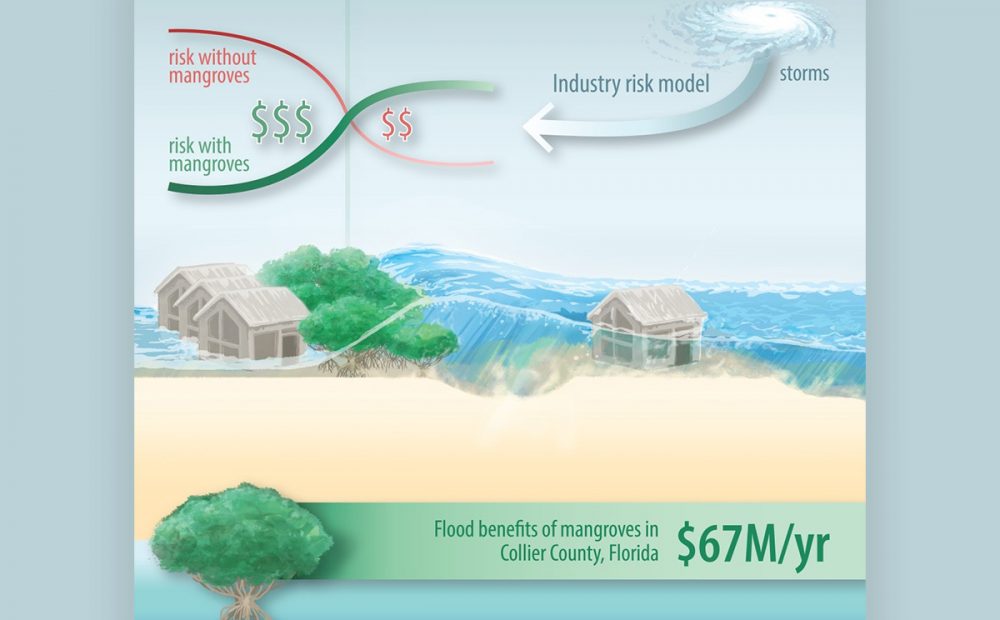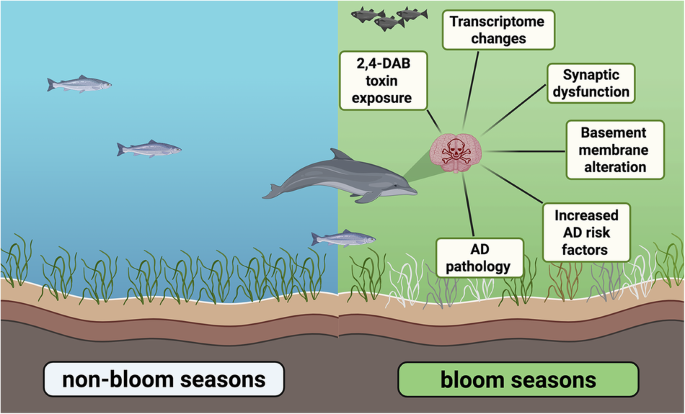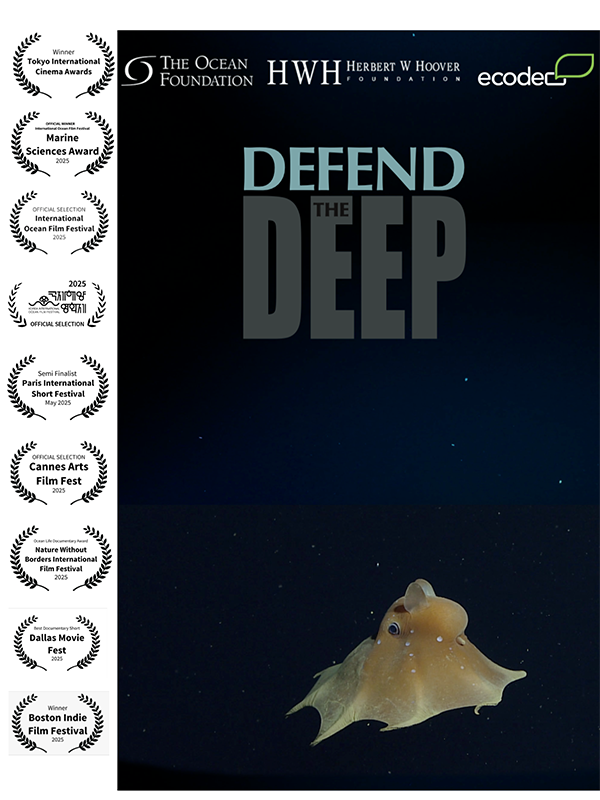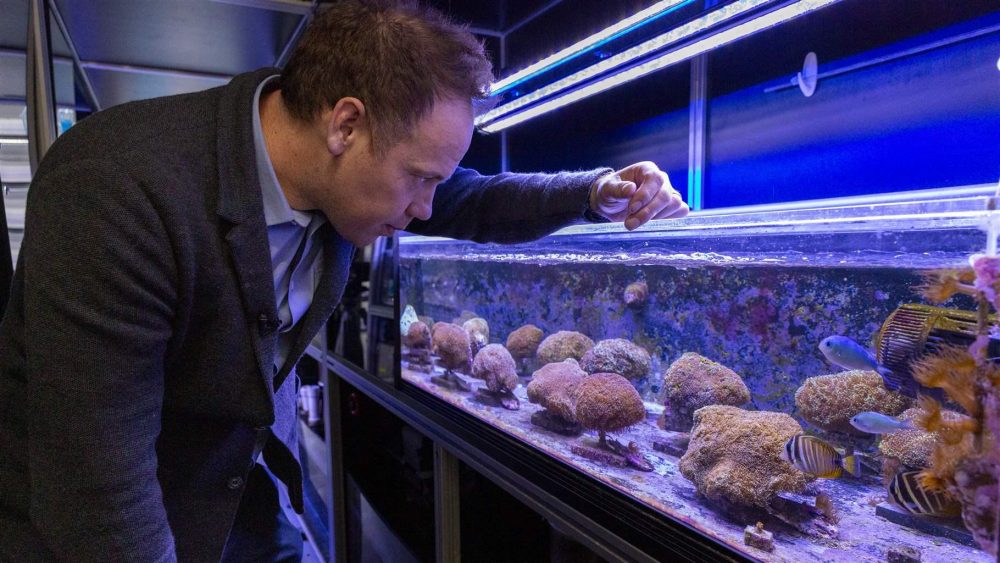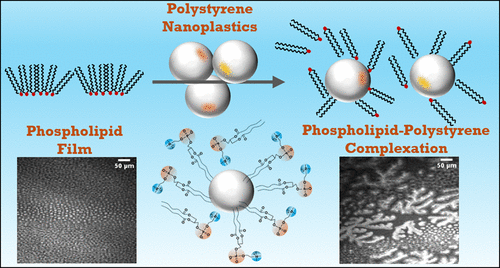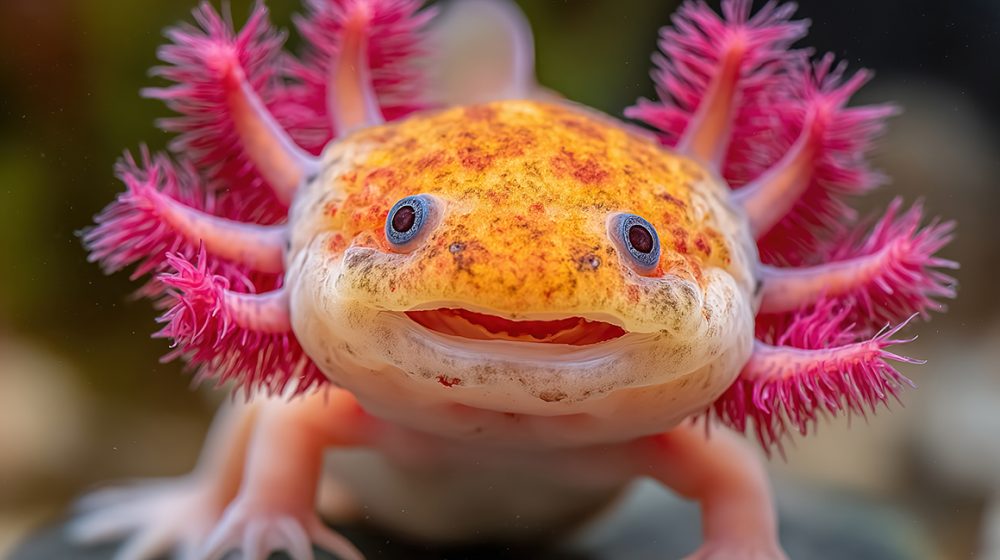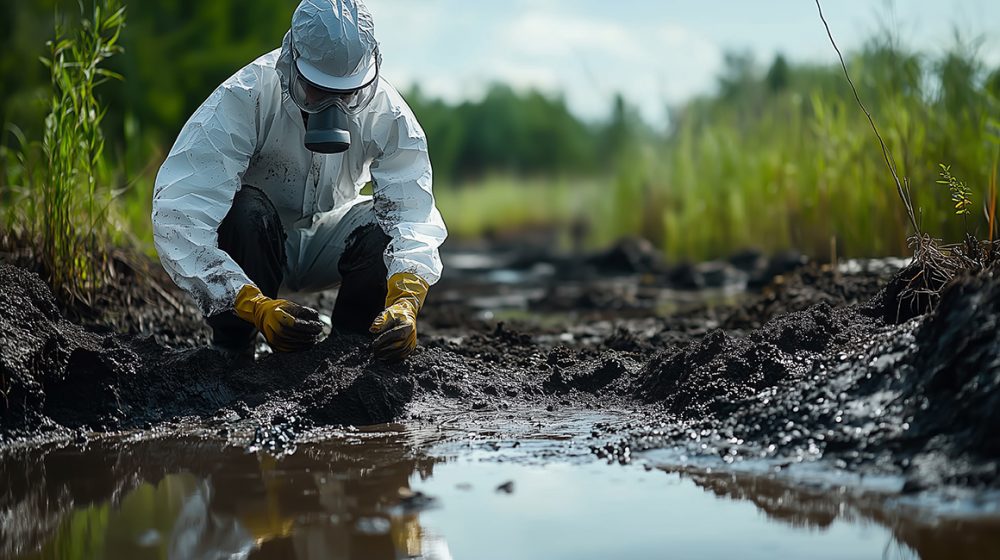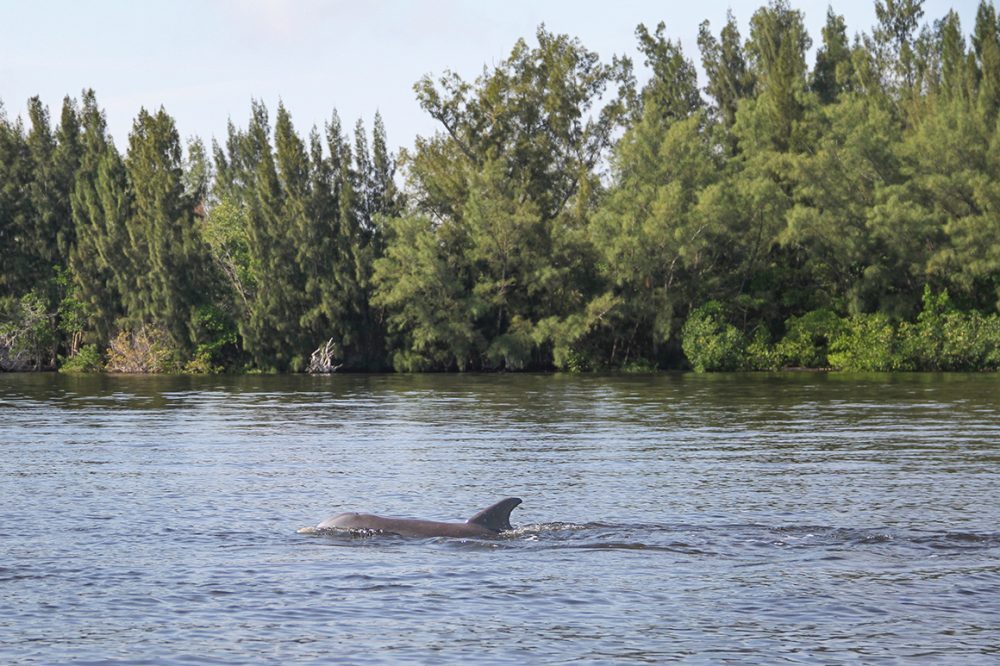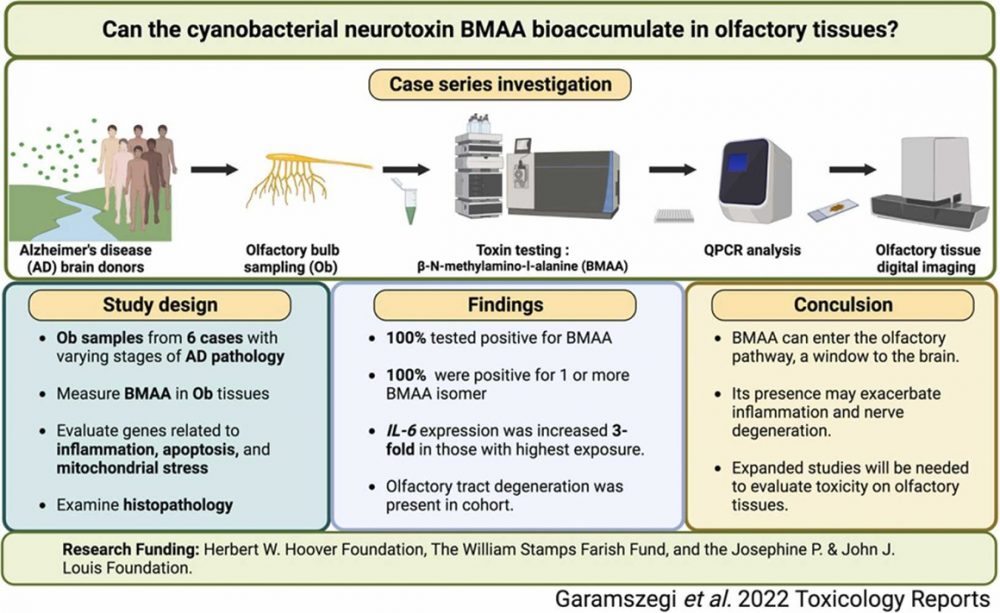Harmful algal blooms linked to Alzheimer’s-like brain changes in Florida’s Indian River Lagoon dolphins
HWHF-supported researchers investigated how harmful algal bloom (HAB) exposure impacts brain health by studying stranded dolphins in Florida’s Indian River Lagoon. They found that levels of the neurotoxin 2,4-diaminobutyric acid (2,4-DAB) were 2,900 times higher in dolphin brains during HAB seasons than non-bloom periods. These dolphins exhibited over 500 altered genes associated with Alzheimer’s disease (AD), GABAergic synapse impairment, and structural brain changes. The findings show that repeated seasonal exposure to 2,4-DAB may accelerate AD-like pathology in marine mammals, with implications for other species as HABs intensify under climate change. To read the full article, visit this link: https://www.nature.com/articles/s42003-025-08796-0
‘Defend the Deep’ Documentary Wins Big in 2025
We are delighted to announce that the HWHF-backed documentary “Defend the Deep” has been recognized for several awards this year, including:
- Best Environmental at the Tokyo International Cinema Awards 2025
- Best Documentary Short at the Boston Indie Film Festival 2025
- Best Documentary Short at the Dallas Movie Fest in July 2025
- Marine Sciences Award at the International Ocean Film Festival 2025
- Official Selection at the International Ocean Film Festival 2025
- Official Selection at the Korea International Ocean Film Festival 2025
- Semi-Finalist at the Paris International Short Festival May 2025
- Official Selection at the Cannes Arts Film Fest 2025
- Ocean Life Documentary Award at the Nature Without Borders International Film Festival 2025
Additionally, the documentary has also been recently awarded by:
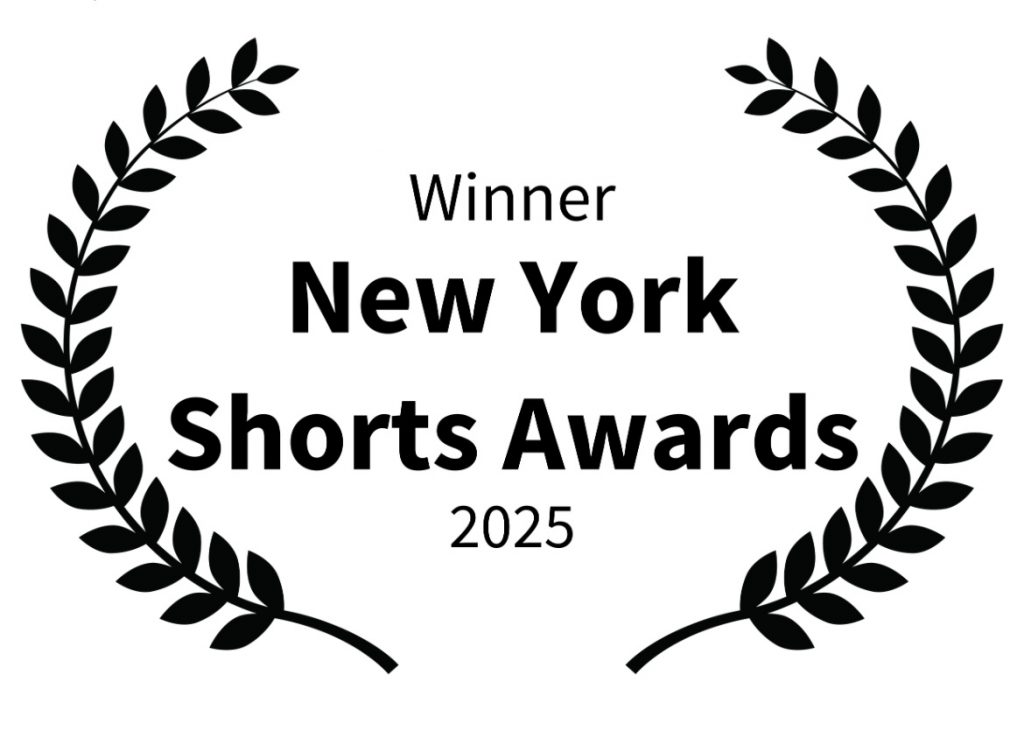
The award-winning documentary was directed by Richard Allen Charter and Liz Ruben.
The film can be viewed online on YouTube at the following link: https://www.youtube.com/watch?v=YaQMfOzJg_4&t=2s
Medical Science Meets Ocean Rescue: New Fellowship Bridges the Gap
How Biomedical Innovation Is Powering Marine Conservation
Crosscutting fellowship links ocean and human health
Human well-being and ocean health are closely intertwined: The marine environment plays a critical role in climate regulation and provides important resources to people—from food and medicines to nutritional supplements, coastline protection, and materials used in agriculture, cosmetics, and construction. But our oceans also face unprecedented threats, including pollution, overfishing, and climate change.
Marine conservation research is vital for finding solutions to these challenges and informing management decisions to protect ocean ecosystems. To strengthen connections between marine and biomedical sciences and foster innovative research with the potential to improve human health, The Pew Fellows Program in Marine Conservation and the Pew Scholars Program in the Biomedical Sciences have partnered with the Herbert W. Hoover Foundation on a fellowship positioned at the intersection of the two research fields.
Building bridges between disciplines
Much of the cutting-edge science being applied in marine conservation research today—including techniques such as gene editing and monitoring for environmental contaminants—has roots in the biomedical field, which is larger and typically better resourced. The new fellowship is designed to accelerate the transfer of techniques from biomedicine to marine science, with the goal of benefitting both people and the environment.
“We are thrilled to help launch this collaboration between the two Pew programs,” said Caiti Waks, program and outreach director for the Herbert W. Hoover Foundation. “Each program has a proven track record of identifying exceptional scientists and cultivating vibrant, collaborative networks within their respective communities. This crosscutting fellowship builds on those strengths by forging meaningful connections between the two programs.”
Supporting human and ocean health
Robert Richmond, a 2006 Pew marine fellow based at the University of Hawaii at Manoa, has seen firsthand the value of exchanges between marine science and biomedical research.
“Collaboration with colleagues in pharmacology has been critical to our success in advancing coral reef conservation,” Richmond explained. “By harnessing biomedical tools and approaches, we can now identify, understand, and address the sources of coral stress at sublethal levels—from chemicals found in common sunscreens to swimming pool water in runoff—and reduce them before corals lose reproductive capacity, bleach, or die.
“The crossover tools and techniques allow us to move from correlation to actual causation to diagnose and treat affected corals and evaluate the effectiveness of management interventions in real time, from days to weeks rather than months to years.”
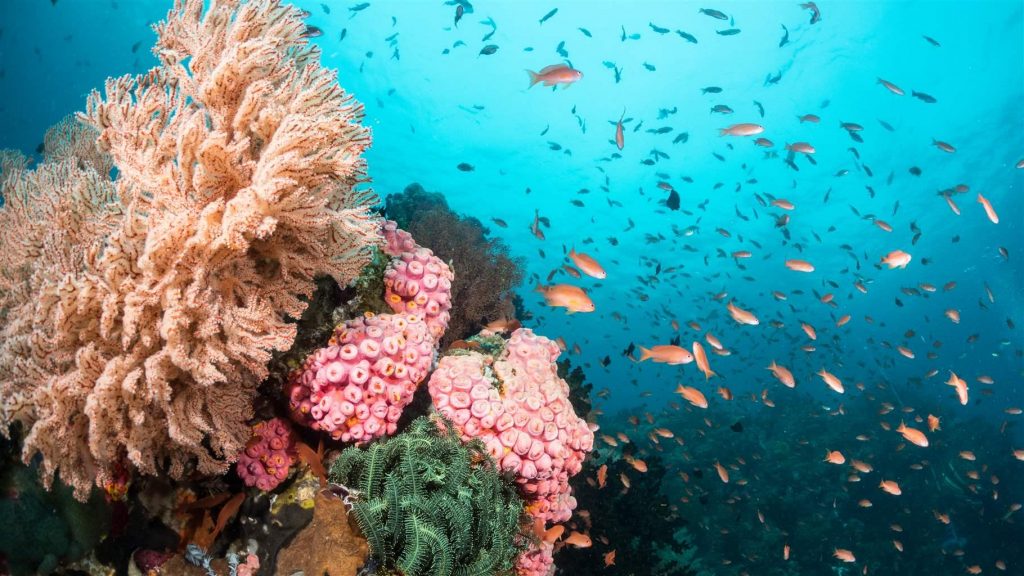
Tools and approaches such as advanced imaging and bioinformatics, which uses computers to analyze complex biological information, also have roots in biomedicine and are now commonly applied in marine science. These techniques have enabled researchers to evaluate the biodiversity effects of conservation interventions, such as oyster reef restoration, and to better understand and manage the population dynamics of vulnerable marine species.
Taking inspiration from the sea
Phillip Cleves, selected in 2023 as the first recipient of the Pew-Hoover Fellowship in Marine and Biomedical Science, uses gene editing techniques to understand the factors that make some corals more likely to survive and recover from heat stress. He hopes to use this information to improve coral reef restoration by enabling practitioners to find wild corals with these traits so they can be propagated and protected—making reefs more resilient to climate impacts.
As a member of both Pew programs, Cleves has helped link the two robust, but often siloed, communities of scientific expertise.
“The [Pew-Hoover] fellowship presents the possibility of taking technology built for medicine and applying that technology to ecological problems, with the deep understanding that ecological health is human health,” Cleves said. “The connection between environmental and human health will only become more apparent as ecosystems degrade and pollution and populations increase, impacting our environment and contributing to human disease and suffering.”
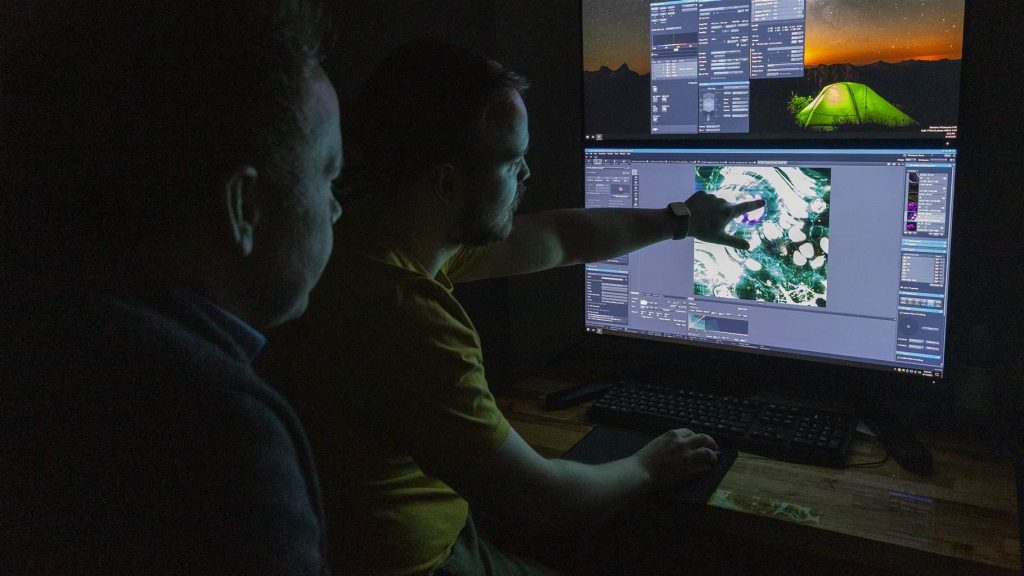
Marine life such as corals and anemones can be useful model organisms for biomedical research, thanks to their extreme longevity and regeneration. But they remain a largely untapped resource that could help answer larger conservation questions as well as unlock new scientific insights that benefit both fields.
Accelerating progress in ocean protection
“The Herbert W. Hoover Foundation has a long history of supporting interdisciplinary work, particularly at the intersection of marine and human health,” Waks explained. “Recent HWHF-funded research identified links between harmful algal blooms in Florida and increased rates of neurodegenerative diseases in dolphins.”
“Subsequent studies in primates revealed similar patterns, demonstrating the neurotoxic effect harmful algal blooms can have on local populations,” she added. “Uncovering these connections is not only critical for protecting human health but also for inspiring public engagement. When people understand how environmental issues impact their own well-being, they’re far more likely to take action to protect both the environment and their health.”
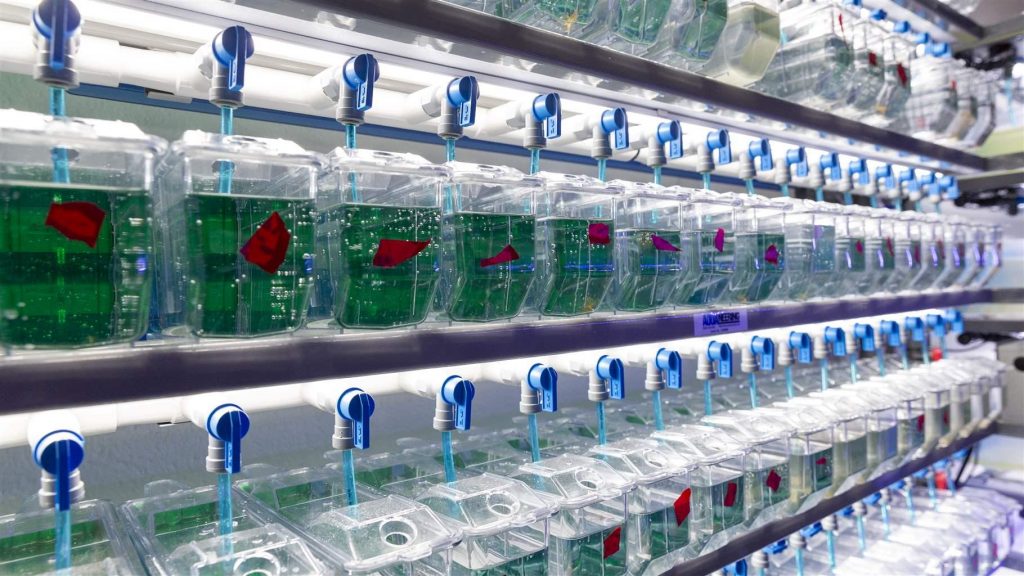
“Ocean research has vast potential to benefit people—from drug discovery to improved environmental safety,” said Angela Bednarek, director of Pew’s scientific advancement portfolio. “The Pew Fellows Program in Marine and Biomedical Science is accelerating this type of interdisciplinary work to drive innovative solutions for human and ocean health.”
The next Pew-Hoover fellow will be announced in 2026.
Authored by Nathan Fedrizzi. Nathan Fedrizzi works on the Pew Fellows Program in Marine Conservation. To view the full article, please visit: https://www.pew.org/it/research-and-analysis/articles/2025/04/16/how-biomedical-innovation-is-powering-marine-conservation
How Nanoplastics Disrupt Cellular Membrane Structure
Nanoplastic-Induced Disruption of DPPC and Palmitic Acid Films: Implications for Membrane Integrity
With funding from the Herbert W. Hoover Foundation, Dr. Heather Allen of The Ohio State University published a study exploring how polystyrene nanoplastics—tiny plastic particles formed from the breakdown of larger plastics—interact with biological membrane components and potentially disrupt cellular function. The research demonstrated that nanoplastics can embed themselves into lipid films that mimic lung surfactants and cell membranes, altering their structure and potentially impairing critical biological processes like respiration, nutrient absorption, and cellular communication. These findings deepen our understanding of how nanoplastics may accumulate in living organisms and interfere with health at the molecular level. The study, conducted by Dr. Allen and her co-authors, is published in Environmental Science & Technology and can be accessed here (Allen et al., 2020).
Insights from Axolots into Human Spinal Chord Regeneration
Neuronal activation in the axolotl brain promotes tail regeneration
With support from the Herbert W. Hoover Foundation, Dr. Karen Echeverri of the Marine Biological Laboratory led a study published in npj Regenerative Medicine that uncovers a critical role for brain neurons in spinal cord regeneration in axolotls. The team’s findings reveal that neuron activation in brain regions distant from the injury site—not just in local tissue—plays a crucial, long-distance role in orchestrating regenerative repair through specific neuropeptides. This breakthrough challenges traditional assumptions that regeneration is driven only by cells near the wound and opens new avenues for exploring how the brain might influence healing processes throughout the body. The work holds potential implications for regenerative medicine, including the possibility of stimulating similar pathways in humans. The full study is available in npj Regenerative Medicine here.
Toxic Soil Discovered After Ohio Train Crash
Soil contamination by environmentally persistent free radicals and dioxins following train derailment in East Palestine, OH
With support from the Herbert W. Hoover Foundation, Dr. Joseph Ortiz and colleagues at Kent State University investigated the environmental and health impacts following the February 3, 2023, train derailment in East Palestine, Ohio. By analyzing soil samples collected near the derailment site months after the incident, the team found elevated levels of environmentally persistent free radicals (EPFRs) and dioxins/furans—harmful byproducts associated with combustion. Their findings provide the first field-based evidence that these toxic compounds may form together under real-world conditions, posing long-term risks to public and environmental health. This research underscores the need for ongoing monitoring, transparency, and remediation following industrial accidents, and contributes valuable insights into how complex chemical exposures may co-occur. The study is published in Environmental Science: Processes & Impacts and is available open access here (Lard et al., 2025).
Our Gut Mucus: A Shield Against Harmful Microplastics
The role of human intestinal mucus in the prevention of microplastic uptake and cell damage
With support from the Herbert W. Hoover Foundation, Dr. Ilana Brito at Cornell University led a study examining how human intestinal mucus serves as a barrier against ingested microplastic particles (MPs) and their damaging effects on gut cells. The researchers found that while the mucus layer effectively reduced particle movement, cellular uptake, and inflammation, certain types of plastic particles with specific surface coatings were able to penetrate the barrier and cause harm. These findings are critical in understanding how microplastics interact with the human body and highlight the protective role of mucus in gut health. The study also offers insights that could inform future research on exposure risks, microplastic toxicity, and even drug delivery technologies. The full study by Dr. Brito and her team is published in Biomaterials Science and is available open access here.
Spotting Harmful ‘Brown Tide’ Algae from Space and Shore
Field-Validated Detection of Aureoumbra lagunensis Brown Tide Blooms in the Indian River Lagoon, Florida, Using Sentinel-3A OLCI and Ground-Based Hyperspectral Spectroradiometers
With support from the Herbert W. Hoover Foundation, Dr. Joseph Ortiz of Kent State University and Dr. Edith Widder of ORCA led a study that successfully deployed a field-validated, hyperspectral imaging system to detect harmful Aureoumbra lagunensis (“brown tide”) blooms in marine environments. Calibrated across field sites and matched with lab-confirmed samples, their system demonstrated accurate real-time satellite identification of brown tide blooms in complex coastal waters. This work highlights the importance of combining advanced optical sensors with machine-learning classification to monitor harmful algal blooms in situ, providing environmental managers with a powerful tool for early detection and mitigation. The research by Ortiz, Widder, and colleagues is published in GeoHealth and can be accessed here (Ortiz et al., 2019)
Alzheimer’s Link? Toxic Algae Toxin Found in Brain Tissue
Detection of β-N-methylamino-l-alanine in postmortem olfactory bulbs of Alzheimer’s disease patients using UHPLC-MS/MS: An autopsy case-series study
With support from the Herbert W. Hoover Foundation, Dr. David Davis and a team of scientists at the University of Miami Miller School of Medicine contributed to a study exploring how exposure to airborne cyanobacterial toxins may be linked to neurodegenerative diseases like Alzheimer’s. The researchers examined postmortem olfactory tissue—located in the upper nasal passage—of individuals with varying stages of Alzheimer’s and detected the presence of BMAA, a neurotoxic compound produced by cyanobacterial blooms. The study raises important questions about whether inhaling aerosolized environmental toxins could play a role in triggering or accelerating neurological decline. By highlighting a potentially overlooked pathway of exposure through the nose, this work adds to growing evidence that environmental factors contribute to brain disease. The full study is published in Toxicology Reports and is available open access here.


